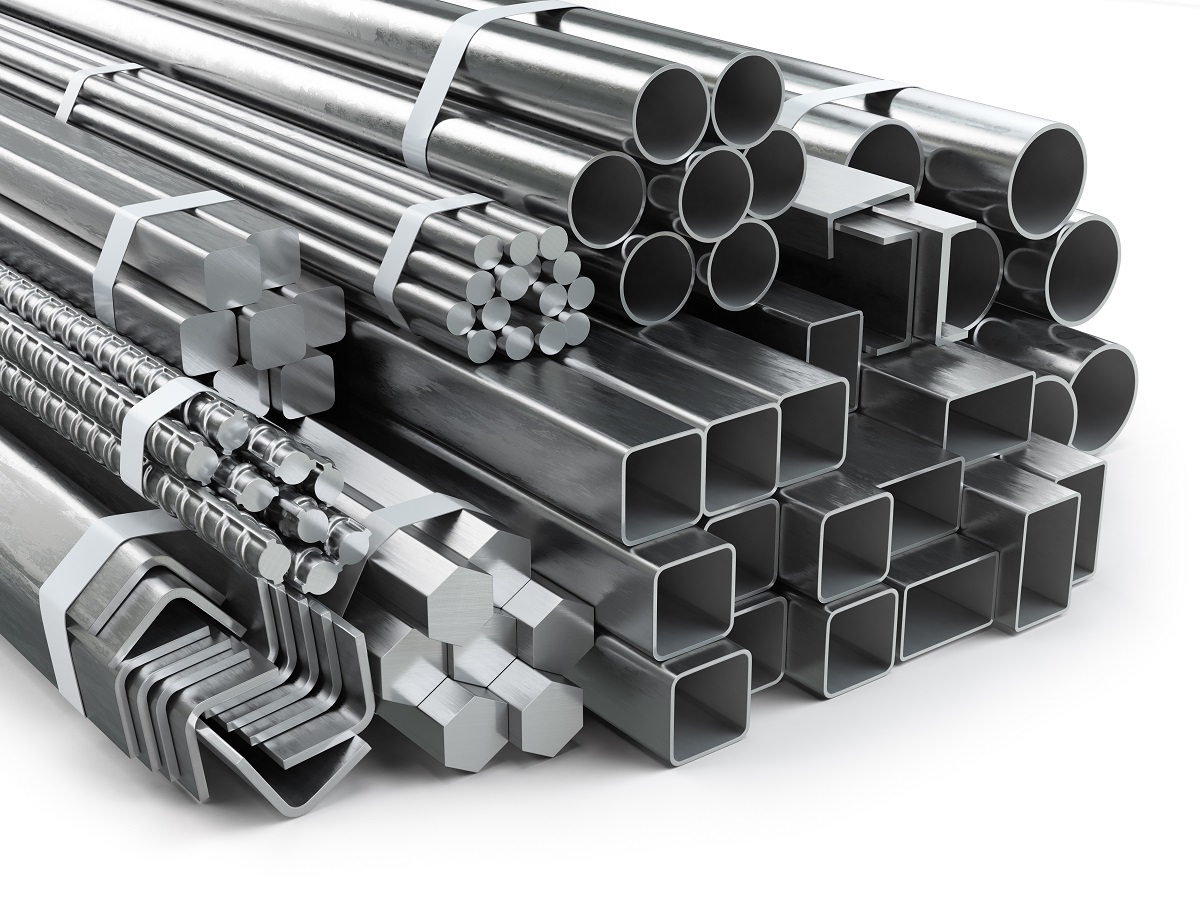Bandsaws are essential tools in woodworking and metalworking, prized for their versatility and precision. However, like any tool, they require regular maintenance to perform optimally. This article will delve into effective strategies for maintaining your bandsaw, ensuring you get the most out of your investment while keeping your metal and wood cutting projects running smoothly.
Understanding Your Bandsaw

Before diving into maintenance techniques, it’s essential to understand the components of your bandsaw. A typical bandsaw consists of:
- Blade: The cutting element that can vary in width and tooth configuration.
- Table: The flat surface where workpieces are placed.
- Frame: The structure that supports the blade and motor.
- Motor: Provides power to the blade.
- Tensioning System: Ensures the blade maintains the correct tension.
Understanding these components will help you target your maintenance efforts effectively.
Regular Maintenance Tasks
To keep your bandsaw in excellent condition, several regular maintenance tasks should be performed. Here’s a comprehensive list:
- Blade Inspection: Regularly check the blade for wear, damage, or dullness. A damaged blade can lead to poor cuts and safety hazards.
- Blade Tensioning: Ensure that the blade is correctly tensioned according to manufacturer specifications. A loose blade can cause wandering cuts, while an overly tight blade may break.
- Cleaning: Keep the table and surrounding area clean from sawdust and debris. This will enhance visibility and reduce the risk of accidents.
- Lubrication: Apply lubricant to moving parts, such as bearings and wheels, to reduce friction and wear.
- Alignment Checks: Ensure that the blade is aligned properly with the table and guides to achieve straight cuts.
- Guide Adjustment: Regularly check and adjust the blade guides to prevent the blade from wandering during cuts.
Blade Maintenance: The Heart of Your Bandsaw

The bandsaw blade is arguably the most critical component of the bandsaw, and proper maintenance can extend its lifespan significantly. Here are some key techniques for maintaining your blade:
Choosing the Right Blade

Selecting the appropriate blade for your specific cutting task is crucial. For instance:
- Wood Cutting: Use a blade with fewer teeth per inch (TPI) for faster, rough cuts.
- Metal Cutting: Opt for a blade with higher TPI for finer cuts.
Sharpening Techniques
Over time, blades wear out, and sharpening becomes necessary. Consider the following options:
- Professional Sharpening: Send blades to a professional sharpening service for optimal results.
- DIY Sharpening: For those comfortable with tools, a portable blade sharpener can be a worthwhile investment.
Storing Blades Properly

Improper storage can lead to blade damage. Follow these guidelines for storage:
- Flat Storage: Store blades flat to prevent warping.
- Avoid Humidity: Keep blades in a dry environment to prevent rust.
Electrical and Mechanical Maintenance
Beyond blade maintenance, keeping the electrical and mechanical components in good working order is just as important. Here are some key maintenance tasks:
Motor Care
The motor powers your bandsaw and requires attention to ensure efficiency:
- Check Electrical Connections: Ensure that all connections are secure and free of corrosion.
- Inspect for Overheating: Regularly monitor the motor for overheating signs, which could indicate a problem.
Wheel Maintenance
The wheels are critical for blade tracking and tension:
- Cleaning: Remove sawdust and debris from the wheels regularly.
- Tension Adjustment: Ensure that the wheels maintain the proper tension on the blade.
Case Study: The Impact of Regular Maintenance

To illustrate the importance of bandsaw maintenance, consider the case of a small woodworking shop that neglected regular maintenance on their bandsaw for over six months. After experiencing frequent blade breakages and inconsistent cuts, they decided to invest in maintenance:
- The shop performed a thorough inspection of the blade and identified that it was dull and misaligned.
- After sharpening the blade and adjusting the guides, the shop saw a marked improvement in both cut quality and production efficiency.
- They reported a 30% reduction in material waste, translating to significant cost savings.
This case highlights how proactive maintenance can lead to better performance and efficiency in a bandsaw operation.
Statistics: Benefits of Regular Maintenance

Data from various industry studies underline the benefits of regular tool maintenance:
- According to a study by the National Institute for Occupational Safety and Health (NIOSH), proper tool maintenance can reduce the risk of tool failure by up to 40%.
- A survey conducted among professional woodworkers found that 75% reported improved cut quality after implementing a regular maintenance schedule.
Maintaining your bandsaw is not just about extending its lifespan; it’s about ensuring precision, safety, and efficiency in your cutting tasks. By understanding the components of your bandsaw and committing to regular maintenance tasks, you can protect your investment and enhance your woodworking or metalworking capabilities.
Key takeaways from this article include:
- Regularly inspect and maintain your bandsaw blade, as it is the heart of the system.
- Keep both electrical and mechanical components in good condition for optimal performance.
- Learn from case studies and statistics that illustrate the importance and benefits of frequent maintenance.
By implementing these practices, you can ensure that your bandsaw remains a valuable asset in your workshop for years to come.